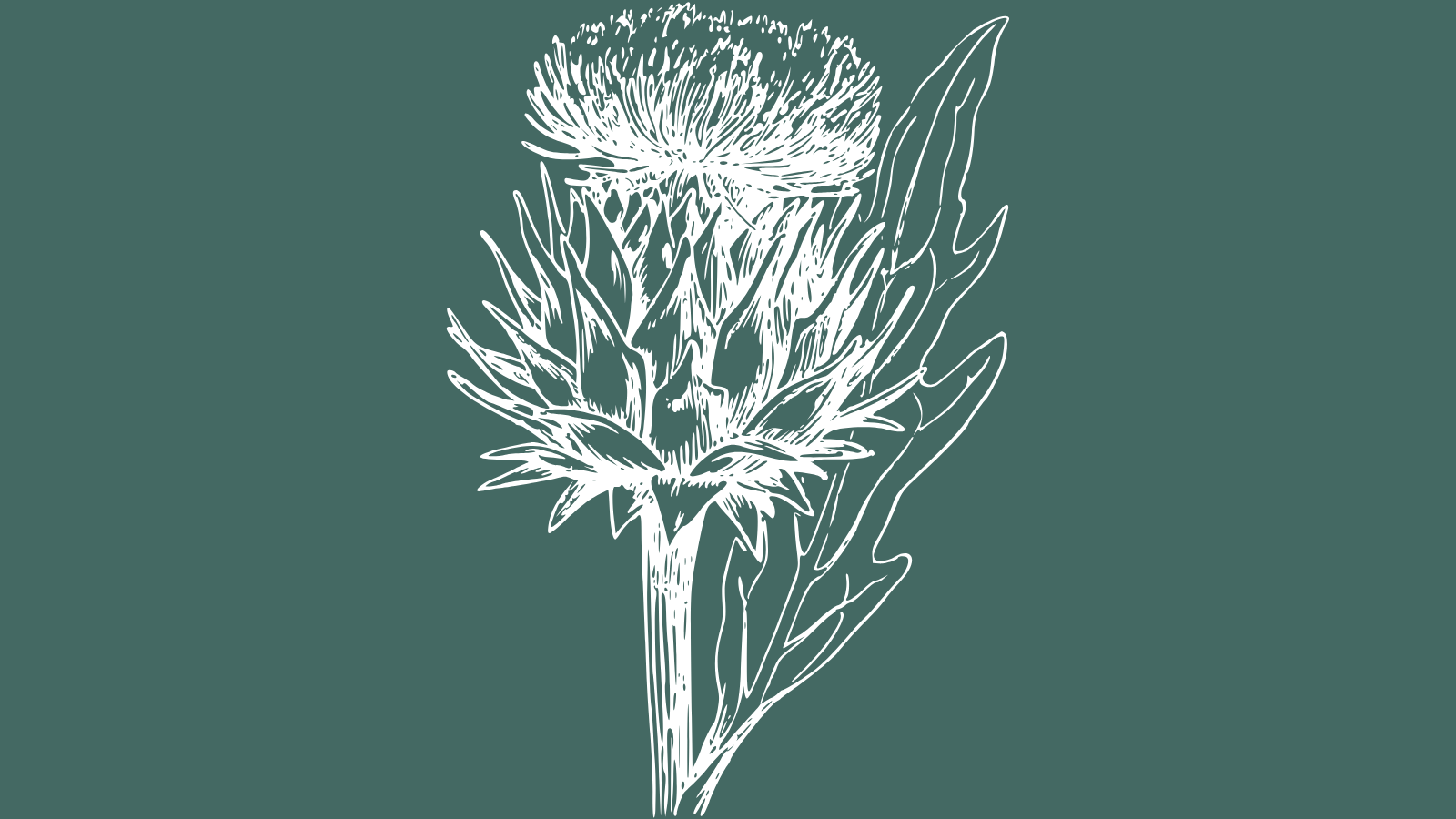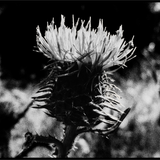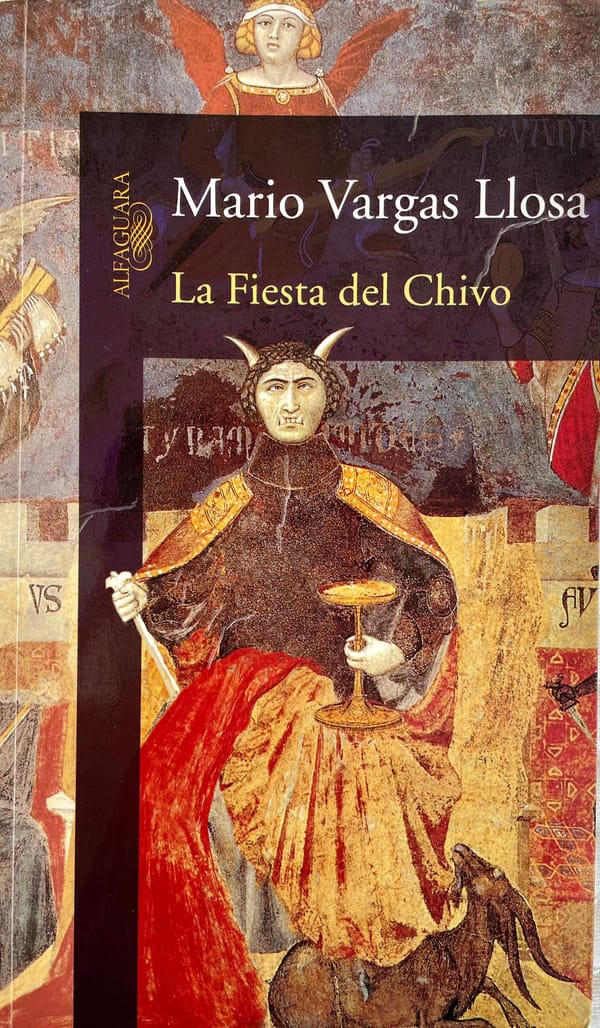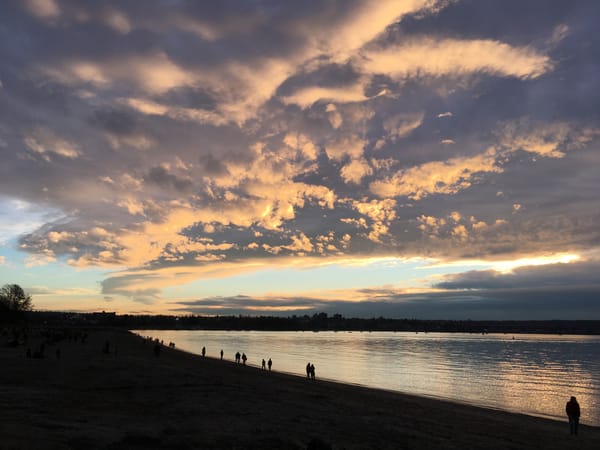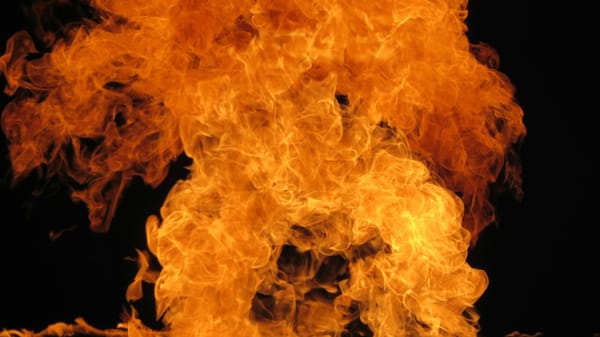Flaubert’s Horses

Imagination comes from the Latin word imago (image): the greatest writers make of scribbles on the page the projection of a living dream. Literature is an artificial dream, a flow of images flying before our minds, deconstructed after writing, reconstructed uniquely by a reader’s own lived experience. The finest writers project these images most keenly, imprint them with the force of lived memories inside us.
Of all the writers who are amazingly adept at projecting images, like Tolstoy, Pound, Dante, I think Flaubert is one of the finest. His images resemble paintings, and we live them with so much force, they are impossible to forget. How to forget Madame Arnaux when the protagonist of Sentimental Education sees her for the first time on the ferry’s deck as he’s heading home? It’s an image so passionate it feels painted by Degas or Manet. Or the ending of A Simple Heart, where Flaubert masterfully transfigures a particular object in the story, suddenly gives its mundanity divine proportions.
His more fantastic images are pure jeweled dreams. I often return to the descriptions of his horses in Herodias, hidden in a cave beneath a citadel, gazing intently not at the characters – at us. (The following translation is by Howard Curtis from the Hesperus Press edition of Flaubert’s Three Tales.)
There were about a hundred white horses in the cave, eating barley from wooden boards placed at the level of their mouths. Their manes were painted blue, their hooves were encased in mittens of esparto grass, and the hair between their ears was puffed up like wig. Their long tails swayed, gently hitting the backs of their legs. The Proconsul was speechless with admiration.
They were wonderful animals, as lithe as snakes, as light as birds. They could set off at the speed of their riders’ arrows, knock men down and bite them on the stomach, negotiate rocks, jump over chasms, gallop at the top speed across the plains all day long, and then stop at a single word of command. As soon as Iacim entered, they came to him, like sheep when the shepherd appears, stretched their necks towards him and looked at him anxiously with their childlike eyes. Out of habit, he let out a raucous yell from the back of his throat, which roused their spirits. They reared, hungry for space and eager to run.
These dreams are locked in words, trapped in book covers, awaiting us with a patience as great as eternity. Once detonated by such eloquence and elegance of prose, they seem delivered from another realm entirely, seem to speak of some other, greater life.
I think it’s in the first book of My Struggle that Karl Ove Knausgård remarks how when he writes there are no words, only hills and streams and fields and sky. Nietzsche remarks the Apollonian artist is one who can see these dreams but only as contemplation, separating herself from them by acknowledging their illusion, however beautiful. For the Dionysian artist in contrast, the lyricist whose words approach the realm of music, these images are herself. They don’t negate life by offering an escape, or what Schopenhauer called the negation of the will through contemplation—instead they are a part of life, unclothe life’s rawness, spring from the soil of life as magical, impossible flowers.
